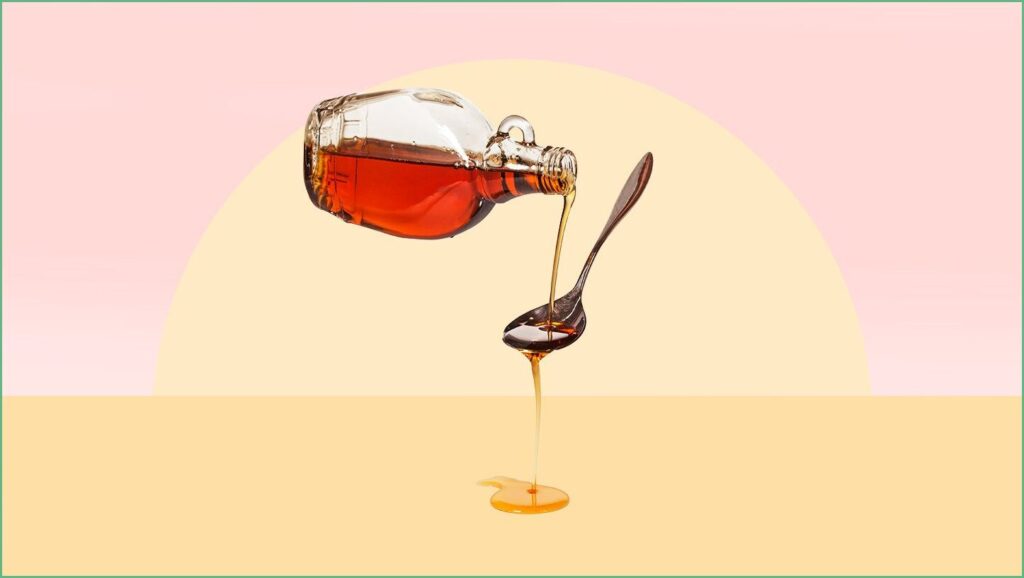Maple Syrup: Beyond Pancakes
Maple syrup is famous on pancakes but does much more in the kitchen. It’s a plant-based sweetener tapped from sugar maples and used in sauces, cocktails, and baking. Since it packs a lot of sugar, moderation is key.
Producers drill tiny taps into sugar maple trunks, collect the sap, and boil it down until it becomes syrup. Pure maple syrup contains no additives or extra sweeteners. Most commercial syrup comes from the northeastern US and Canada.
Maple syrup is graded by color: golden is light, amber is classic, dark is robust, and very dark is intense and good for cooking. Choose the grade that matches the dish.
A 1/4-cup serving of pure maple syrup delivers about 216 calories and roughly 55 grams of carbs, including around 50 grams of sugar. It also provides trace minerals such as calcium, potassium, iron, and zinc. That same portion supplies a notable amount of manganese and some riboflavin.
Maple contains antioxidants, and researchers have identified more than 60 compounds with nine unique to maple. Darker syrups usually have higher antioxidant levels, but it’s unclear if typical servings yield meaningful health effects. Still, antioxidants are linked to reduced inflammation in lab studies.
With a glycemic index near 55, maple syrup produces a slower blood-sugar rise than refined sugar but still counts as added sugar. That modest advantage doesn’t make it sugar-free or safe for unlimited use. People monitoring glucose should treat it cautiously.
Because a 1/4 cup can provide over 100% of the daily value for manganese, maple syrup can boost that mineral intake. Manganese supports bone health, immune function, wound healing, and energy metabolism. Whole-food sources like brown rice, mussels, and nuts also supply manganese without as much sugar.
Some small studies suggest replacing refined sugar with maple syrup might produce tiny drops in abdominal fat, but the evidence is limited and sometimes industry-backed. Maple isn’t a weight-loss agent by itself; calorie control and steady blood sugar are more important. Think of maple as a marginally better sweetener, not a fix.
Maple syrup shines beyond breakfast, whether in muffins, marinades, salad dressings, roasted vegetables, or mixed into yogurt. Bakers commonly swap 3/4 cup maple for 1 cup white sugar and reduce oven heat by about 25 degrees for best results. Golden and amber are lovely for drizzling while darker grades suit cooked dishes.
Skip the cheap ‘pancake syrup’ knockoffs and look for labels that say 100 percent pure maple syrup. Sugar-free or zero-sugar maple-flavored products are usually artificial and lack maple’s trace nutrients. Real maple delivers flavor and some micronutrients, but it’s still an added sugar.
Store unopened syrup in a cool, dark pantry; sealed glass bottles can last years. Once opened, refrigerate to slow mold growth; an opened bottle typically keeps about a year. If mold appears on a small home-bottled batch, food-safety guidance suggests boiling and straining or discarding.
Overconsumption can contribute to weight gain, blood sugar spikes, dental cavities, and possibly increased cardiovascular risk if part of a high-sugar diet. People with diabetes should limit intake and count maple as added sugar. Allergies to maple syrup itself are rare; most reactions trace back to pollen, contaminants, or processing.
Making syrup means tapping sugar maples, collecting sap, and boiling hours to concentrate the sugars, a hands-on, weather-dependent craft. It can be satisfying but requires time, equipment, and space. For most home cooks, buying a quality bottle is the simpler route.
